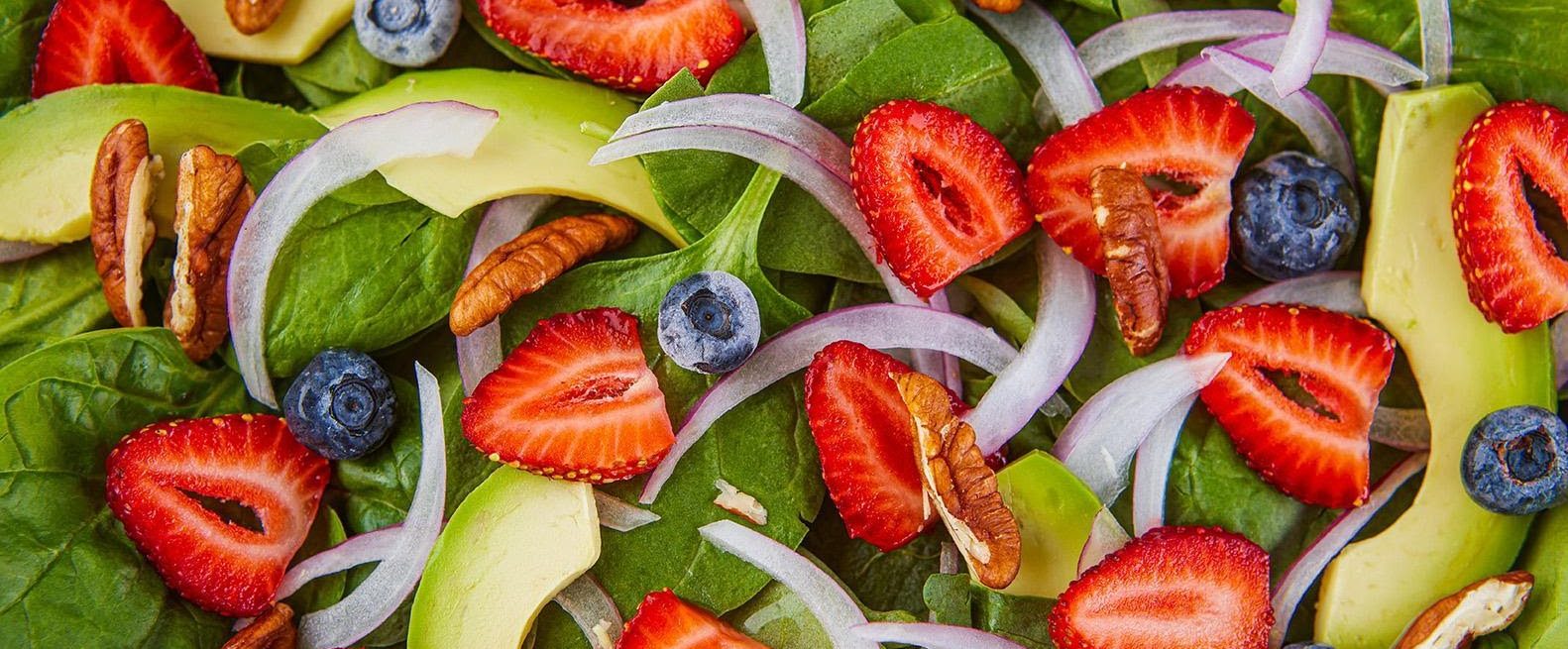Six Tips To Mastering Mouth-Watering Imagery
4 Min Read By Oksana Pali
Food photography has become a worldwide phenomenon. But through the unimaginable twists and turns of 2020, proper imagery has become a restaurateur’s saving grace. In the face of COVID-19’s many restrictions—supply chain disruptions, economic uncertainty, and lack of in-person activity—the dining industry has lost its best marketing pathways. No longer can we walk by the open doors of a bakery, or be enticed by the clamor of a crowded diner known for its quality food.
But we can (and more than ever, we do) scroll through social media, check our email, and try to support our favorite local businesses in any virtual way possible. For any owner in the industry, a photo just became worth much more than a thousand words.
Taking your food photography to the next level means taking charge of your COVID-19 recovery. Budgets are thin, but it doesn’t take expensive gear or professional lighting to capture great images that tell great stories. All you need is basic lighting…
Sorry, You've Reached Your Article Limit.
Register for free with our site to get unlimited articles.
Already registered? Sign in!


